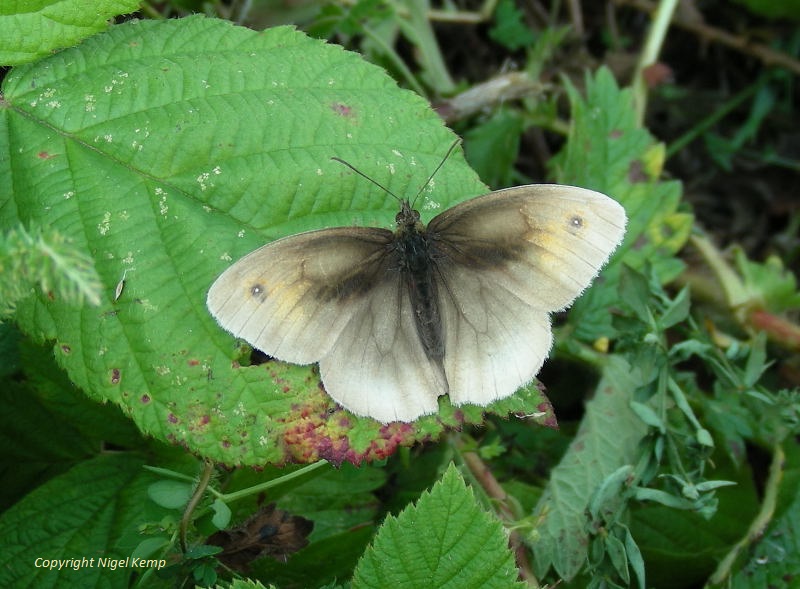Variation in butterflies is an interesting subject within the study of lepidoptera and there are a number of reasons for its occurrence. I am no scientist but broadly speaking, variation can occur as a result of the geographical isolation of populations which can lead to different sub-species and even new species evolving. Variation between the sexes (sexual dimorphism) and variation between different broods (seasonal dimorphism) occurs in many species. Variation (or aberrations) can also occur within a species as a result of genetic mutation or environmental influences during critical stages of the life cycle.
I have seen numerous variations over the years and here is a selection of photographs.
Although the occurrence of some variants can be manipulated through captive breeding, the following examples were found and photographed in the wild.
Clouded Yellow (Colias croceus) (female)
The standard form.
Clouded Yellow (C.croceus) (female, form helice)
This pale form only occurs in the female croceus and can account for about 10% of the female population.
Small Copper (Lycaena phlaeas) (female, form caeruleopunctata)
A regular form which displays a line of blue submarginal spots on the hindwings.
Small Copper (L.phlaeas) (male, ab. schmidtii)
This aberration is a genetic mutation caused by a recessive gene.
Common Blue (Polyommatus icarus) (male)
This species is sexually dimorphic.
Common Blue (P.icarus) (female)
Common Blue (P.icarus) (female, ab. albocincta)
Common Blue (P.icarus) (female, ab. supracaerulea)
Chalkhill Blue (Lysandra coridon) (male, ab. caeca)
All sub-marginal spotting is absent.
Chalkhill Blue (L.coridon) (female, ab. postobsoleta)
The female of this mating pair is showing much reduced sub-marginal spotting on the hindwing.
Duke of Burgundy (Hamearis lucina) (female)
Not strictly regarded as an aberration, this specimen is displaying a pigment deformity in one wing.
White Admiral (Limenitis camilla) (female)
White Admiral (L.camilla) (ab. obliterae)
The reduced wing markings are caused by low temperatures during the pupal stage of the life cycle.
Small Tortoiseshell (Aglais urticae)
Small Tortoiseshell (A.urticae) (a transitional form of ab. semi-ichnusoides)
This aberration is caused by high temperatures during the pupal stage of the life cycle.
Comma (Polygonia c-album)
Comma (P.c-album) (ab. obscura)
The markings on the hind wings have become blotched and the borders are indistinct.
Wall (Lasiommata megera) (male)
Wall (L.megera) (male, ab. fascia)
Gatekeeper (Pyronia tithonus) (female)
Gatekeeper (P.tithonus) (female, ab. anticrasipuncta)
Many aberrations take the form of enlarged or reduced eye-spots.
Meadow Brown (Maniola jurtina) (male, ab. pallidus)
The normally chocolate brown ground colour has been replaced by pale grey and is not to be confused with age related bleaching that often occurs in this species






















A fascinating area of interest.
ReplyDeleteHi Peter, I agree. Dramatic variants are spectacular and minor variants can be regularly found once you start looking closely.
Delete